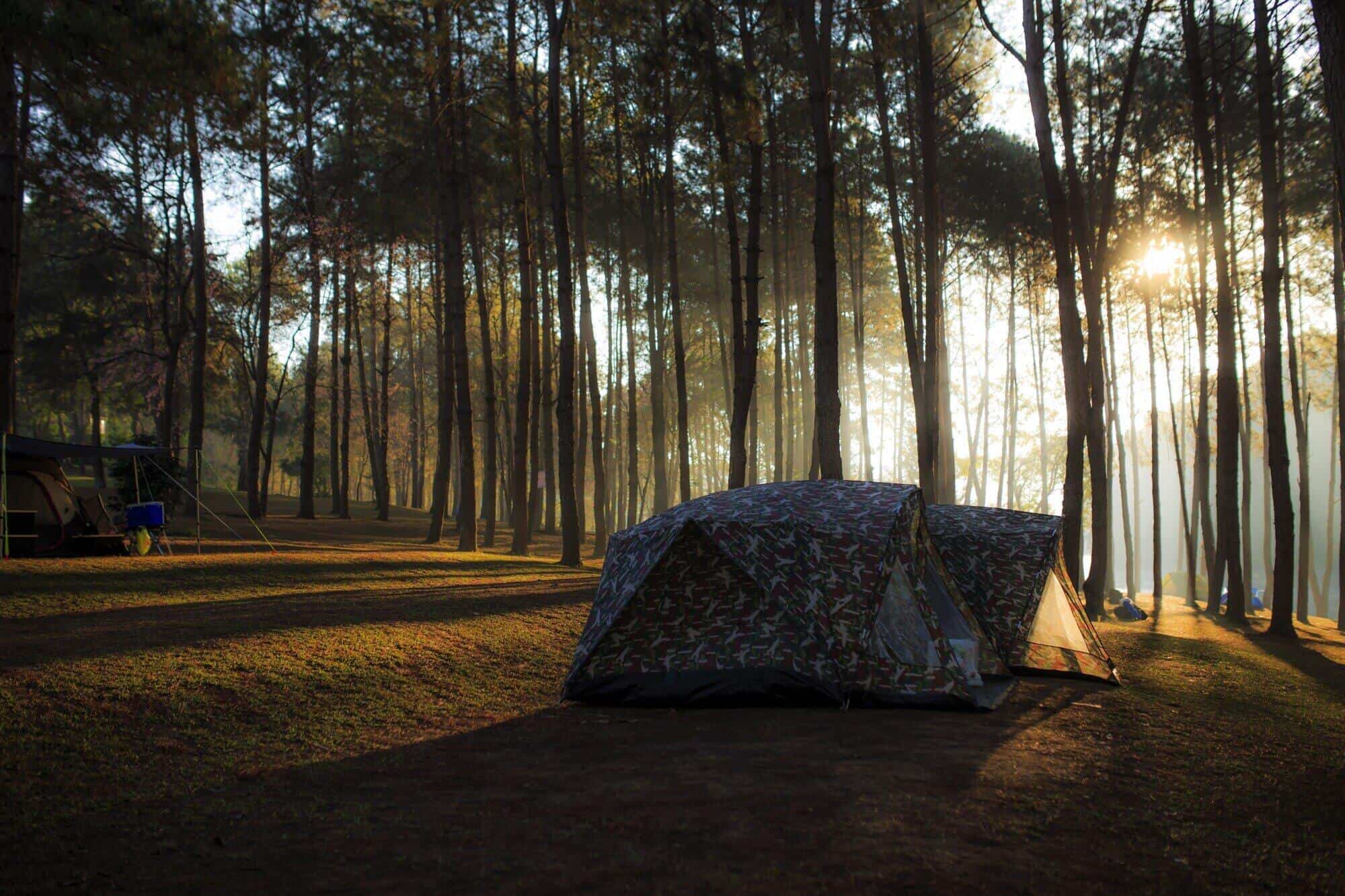Backcountry camping offers a unique opportunity to experience nature in its most pristine form, far from the crowds and amenities of traditional campgrounds. This comprehensive guide will help you prepare for your backcountry adventure, ensuring a safe and memorable experience.
What is Backcountry Camping?
Backcountry camping, unlike frontcountry camping, involves venturing into remote areas with minimal facilities. While it presents challenges, the rewards of solitude and unspoiled nature make it an unforgettable experience.
Camping is fun, but backcountry camping takes that enjoyment to a whole new level. This type of camping requires self-sufficiency and a higher level of outdoor skills. You’ll be far from amenities like running water, bathrooms, or easy access to help if needed.
Backcountry campers must be prepared to handle everything from navigation to waste management on their own. The payoff is access to pristine wilderness, breathtaking views, and a profound sense of connection with nature that’s hard to achieve in more developed camping areas.
Planning Your Backcountry Adventure
Choosing a Destination
Research suitable locations based on your skill level and desired experience. Consider factors like terrain difficulty, weather patterns, and accessibility. Look for areas that match your experience level and physical fitness. Some popular backcountry destinations include national parks, wilderness areas, and national forests.
Read trip reports from other hikers and consult with local ranger stations to get up-to-date information on trail conditions and any potential hazards.
Permits and Regulations
Many backcountry areas require permits. Be sure to secure these well in advance, especially for popular destinations. Familiarize yourself with local regulations to ensure you’re camping responsibly. Permit systems help manage the impact on fragile ecosystems and ensure a quality experience for all visitors.
Some areas use a lottery system for permits during peak seasons, so plan ahead. Be aware of specific regulations regarding campfires, food storage (especially in bear country), and group size limits.
Trip Planning
Create a detailed itinerary, including daily mileage and potential campsites. Always have emergency exit strategies in place. Plan your route carefully, considering factors like water sources, elevation changes, and potential hazards. Share your itinerary with a trusted friend or family member who’s not on the trip.
Identify potential bail-out points along your route in case of emergency or if weather conditions deteriorate. Consider the fitness levels of all members in your group when planning daily mileage.
Safety and Emergency Equipment
A comprehensive first aid kit, personal locator beacon, and fire-starting tools are essential for backcountry safety. Your first aid kit should include items for treating common injuries and ailments specific to your destination.
A personal locator beacon can be a lifesaver in remote areas without cell service. Include waterproof matches, a lighter, and fire starter cubes for emergency warmth and signaling. Consider adding a multi-tool, emergency blanket, and signaling mirror to your safety gear.
Food and Water Management
Plan lightweight, high-energy meals and proper food storage to avoid wildlife encounters. Learn how to use a camping stove efficiently for meal preparation. Carry water filtration or purification methods to ensure a safe water supply. Dehydrated meals are popular for their light weight and easy preparation.
Use bear canisters or bear bags to store food and scented items away from your campsite. For water, consider both a filter and chemical purification as backup. Know the locations of water sources along your route and carry enough capacity to reach the next source.
Leave No Trace Principles
Practice Leave No Trace principles to minimize your impact on the environment. This includes proper waste disposal and respecting wildlife. Pack out all trash, including biodegradable items. Use a cathole for human waste at least 200 feet from water sources.
Avoid disturbing plants and animals, and camp on durable surfaces. These practices help preserve the wilderness for future visitors and protect delicate ecosystems.
Navigation and Wayfinding Skills
Develop strong map reading and compass skills. Natural navigation techniques can also be valuable in the backcountry. Practice using topographic maps and a compass before your trip. Learn to identify key terrain features and use them for orientation.
Understand how to triangulate your position and follow a bearing. Natural navigation skills, like using the sun and stars for direction, can be useful backups to traditional methods.
Backcountry Camping Techniques
Learn to select safe and low-impact campsites. Practice efficient camp setup and maintain good hygiene practices with limited resources. Choose sites on durable surfaces at least 200 feet from water sources. Set up your tent to maximize protection from wind and rain.
Develop a system for organizing your gear within your tent and backpack. For hygiene, use biodegradable soap sparingly and away from water sources. Consider using a hand sanitizer to conserve water.
Weather and Environmental Challenges
Be prepared for sudden weather changes and potential wildlife encounters. Understand how to deal with altitude and extreme temperatures. Check weather forecasts before your trip and be ready for conditions to change rapidly, especially in mountainous areas.
Know the signs of hypothermia and heat exhaustion. For wildlife, understand proper food storage techniques and how to react if you encounter large animals. If camping at high altitudes, allow time for acclimatization and know the symptoms of altitude sickness.
Physical and Mental Preparation
Build your endurance and strength before your trip. Develop mental strategies for dealing with isolation and challenges you may face in the backcountry. Start a training regimen several weeks before your trip, focusing on cardiovascular fitness and strength training, especially for your legs and core.
Mentally prepare for the solitude and potential challenges of backcountry camping. Practice mindfulness techniques to stay calm in stressful situations. Consider shorter trips to build confidence before tackling longer backcountry adventures.
Conclusion
Backcountry camping offers unparalleled opportunities to connect with nature and challenge yourself. With proper preparation and respect for the environment, you can safely enjoy the solitude and beauty of the wilderness. Remember, the key to a successful backcountry camping trip is thorough planning, appropriate gear, and a positive attitude.

Leave a Reply